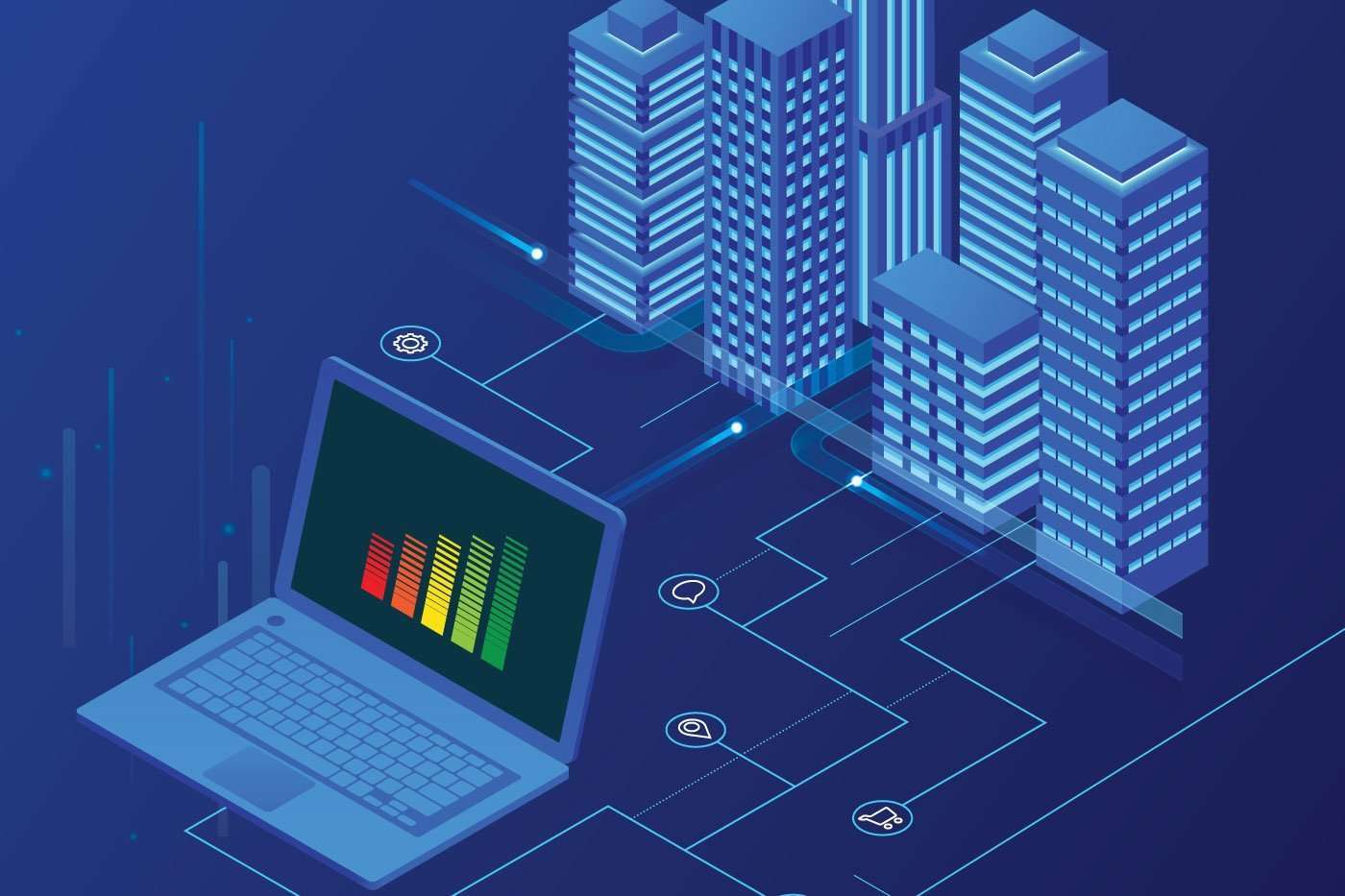Five Steps for Creating Your Smart Building Strategy - Course Monster Blog

To enhance comfort, security, and safety for visitors, buildings, and facilities have adopted various technologies. However, the issue is that these technologies often operate as isolated systems and do not provide a comprehensive view of the building’s operations. The integration of new technologies can address this challenge by consolidating all devices, sensors, networks, protocols, storage, and analytics systems into a single, manageable platform. Furthermore, these technologies need to be secured and integrated effectively to maximize their value for building operators. While developing a smart building strategy may seem daunting, taking a gradual approach and collaborating with experts in the field can result in a cohesive strategy that integrates all the components.
Begin by clarifying your objectives. Is the objective to improve energy efficiency or to provide a distinctive customer experience? Determine the motivations behind using each new technology and maintaining facility performance. Once you have established your goals and key performance indicators, the best way to move forward is to implement your strategy in stages. Similar to how a building has multiple levels and elevators to connect and communicate between floors, your approach should be organized in a layered manner.
So, where to begin?
- Device Level: Consider the foundation of your smart building strategy as the device level. Assess and catalog your devices, and identify any missing components. Ensure that your implementation aligns with your goals. A good starting point is the heating, ventilation, and air conditioning (HVAC) system, as it accounts for a significant portion of a building’s energy consumption. Other crucial systems to consider in your strategy include security and surveillance, energy and utility metering, fire detection systems, elevators, lighting, access and control, and environmental monitoring. A system integrator can assist you in evaluating your current devices and systems and help integrate them with the next level of networking and integration.
- Networking and Integration Level: This is where the operational technology (OT) and information technology (IT) intersect, so it is crucial for your IT partner and system integrator to collaborate on a plan. Together, they can determine the best way to combine systems locally and install a gateway for communication with the data level.
- The Independent Data Level (IDL): The data lake is located at this level, where it stores data from the building’s devices and systems in the long term. The infrastructure at this level typically consists of cloud or control server technology. This is where data models can be used to standardize data across systems and devices, simplifying aggregation, access, and analysis. The data becomes interpretable and can be used to improve uptime and optimize the overall functioning of the building.
- Application Level: Now that you have a wealth of data, it’s time to plan how to utilize it. Recall the goals you previously established – they will now be relevant. At this stage, you can monitor and assess your goals by choosing which data to use. Do you want to improve remote visibility and control of your systems? Do you want to integrate the data into an analytics platform or perform fault detection and diagnostics (FDD)? The available options depend on the insights you seek with the data you now have.
- The Right Partner Network: They previously discussed the crucial role of a competent system integrator to evaluate and install edge devices, as well as the need for IT experts to handle networking requirements. It’s important to consult with them at each stage of your smart building strategy. Ideal data lake providers will prioritize standardization and compatibility of data, while suitable application providers will use the data to provide the best solution for your facility. All these parties must work together to ensure they deliver the best solution that aligns with your strategy and goals.
Here at CourseMonster, we know how hard it may be to find the right time and funds for training. We provide effective training programs that enable you to select the training option that best meets the demands of your company.
For more information, please get in touch with one of our course advisers today or contact us at training@coursemonster.com




Comments ()